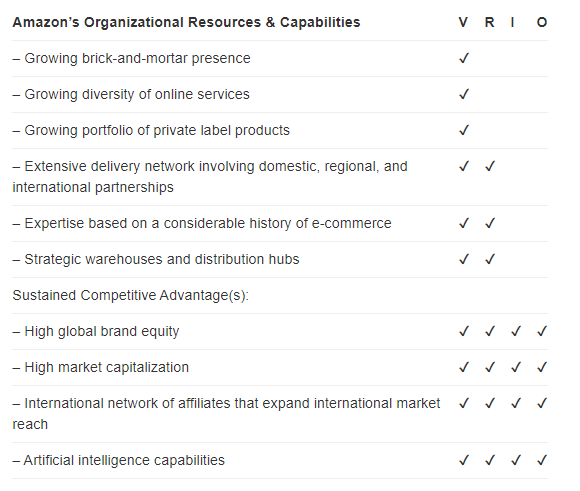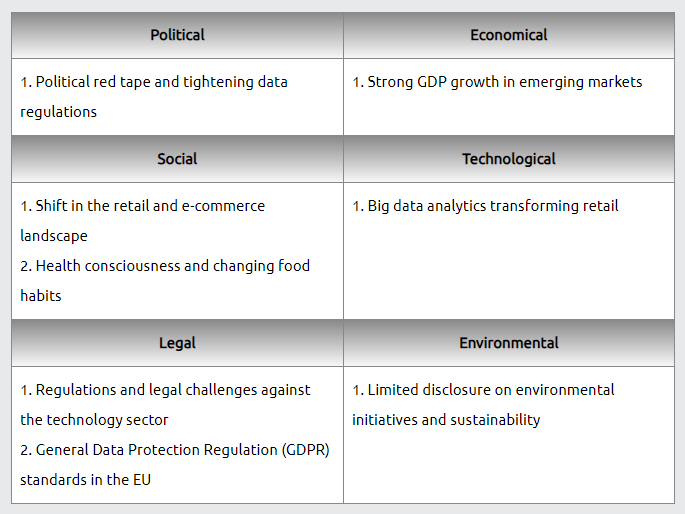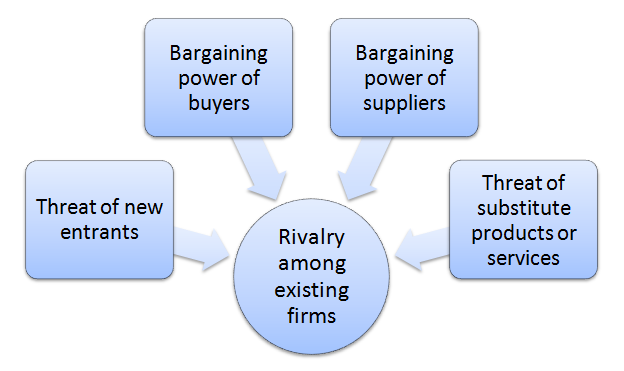Executive Summary
Strategic planning is a crucial factor impacting the company’s performance and profitability. This report focuses on the Analysis of Amazon’s current internal and external environments to suggest recommendations for improving the company’s business strategy in accordance with the AFI frameworks. The methods used include data collection and analysis, and the findings are presented with the help of graphical data. The key recommendations include developing Amazon’s non-core competencies and addressing the threats promptly.
Introduction
As a strategic analyst for Amazon, I have been tasked with analyzing the company’s current internal and external environments as part of the strategic planning process. This report will examine the key components of the AFI, discuss Amazon’s internal and external business environment, and define the role of leadership in strategic planning. The purpose of this report is to provide recommendations on the course of action for Amazon’s leadership based on the analysis.
Findings
Analysis of the Key Components of the AFI framework
The AFI framework refers to a threefold model that consists of three key components: analysis, formulation, and implementation. According to Rahman (2019), the AFI stages are applied to develop a strategy that will improve the company’s performance and provide it with a competitive advantage. Analysis constitutes the first step in the AFI framework, which differentiates initial, external, and internal analysis, ensuring a comprehensive view of the business environment. The next step involves the formulation of business and corporate strategy (Rahman, 2019). Finally, the implementation stage follows the analysis and formulation processes. The AFI framework is valuable for long-term success as it focuses on the main objective of strategic management and allows for gaining and sustaining a competitive advantage in the market. However, one should keep in mind that the process is continuous, and the company might need to return to previous steps if the environment changes.
Analysis of the Internal Environment of Amazon
The internal environment analysis can be done with the implementation of the VRIO framework. The table in Appendix A shows the completed VRIO analysis table for Amazon (White, 2019). As can be seen, some of the organization’s capabilities and resources do not meet all the criteria, which, nevertheless, does not prevent the business from growing. Amazon leverages its strengths effectively to execute its business strategies by ensuring that the core competencies meet the VRIO criteria. In particular, high global brand equity and market capitalization, along with expanded international market reach and advanced AI capabilities, contribute to the company’s success.
Besides, Amazon’s organizational structure is hierarchical, and the management system maintains stability among the top executives, which indicates an effective implementation of the business strategy. The internal environment analysis shows that Amazon develops its capabilities and core competencies.
Analysis of the External Environment of Amazon
The external environmental analysis is conducted with the help of The PESTLE tool. In Appendix B, SWOT & PESTLE analysis for Amazon is presented, comprising the findings on political, economic, social, technological, legal, and environmental factors impacting Amazon’s business model (Attari, 2020). In this regard, social and technological factors can be considered beneficial, while legal regulations might require the company to review its policies. In Appendix C, Porter’s Five Forces analysis is applied to Amazon (Dudovskiy, 2020). As can be seen, the threat of new entrants and substitute products or services, buyers’ and suppliers’ bargaining power, as well as the rivalry among existing firms pose the main risks (Dudovskiy, 2020). Therefore, Amazon should respond to these forces and emphasize its competitive advantage and strengths.
The Role of Leadership in Strategic Planning
Successful implementation of a corporate strategy requires employees’ efforts guided by the company’s management. Hence, understanding the role of leadership appears crucial for strategical changes for Amazon. As Jabbar and Hussein (2017) report, leadership should be viewed as the key factor in the company’s outcomes and performance. Involvement and interest define a practical approach to be executed by the leadership team. At the same time, it is essential to address ethical responsibilities and the importance of ethics in strategic planning. Developing consistent values and organizational culture is the first step in effective planning. Besides, a code of ethics can be designed to provide all employees with guidelines and assist in resolving ethical dilemmas.
Conclusions
To conclude, the analysis of the internal and external environments for Amazon allows for improving its business strategy and outlining the course of action for the company. The application of the AFI framework can help executive leaders improve the organization’s performance and gain a competitive advantage. Besides, a strong corporate culture and code of ethics can be beneficial for Amazon in terms of leadership improvement.
Recommendations
- The VRIO analysis indicates that Amazon should develop its non-core competencies, such as occupying emerging markets and implementing AI in operations, along with the development of brick-and-mortar presentations.
- As the PESTLE framework highlights, it is recommended that Amazon makes use of the social and technological factors impacting its business strategy.
- The Five Forces analysis shows that the company should address the external threats by emphasizing its strengths, such as brand image, market capitalization, and technology implementation.
- The development of a code of ethics is recommended to guide the employees in case of moral dilemmas.
References
Attari, H. (2020). Amazon Inc. SWOT & PESTLE analysis. SWOT & PESTLE. Web.
Dudovskiy, J. (2020). Amazon Porter’s Five Forces analysis. Business Research Methodology. Web.
Jabbar, A. A., & Hussein, A. M. (2017). The role of leadership in strategic management. International Journal of Research-Granthaalayah, 5(5), 99-106. Web.
Rahman, A. A. A. A. (2019). The impact of strategic planning on enhancing the strategic performance of banks: evidence from Bahrain. Banks and Bank Systems, 14(2), 140-151. Web.
White, L. (2019). Amazon VRIO analysis: Competitive advantages, core competencies. Rancord Society. Web.
Appendix A

Appendix B

Appendix C

